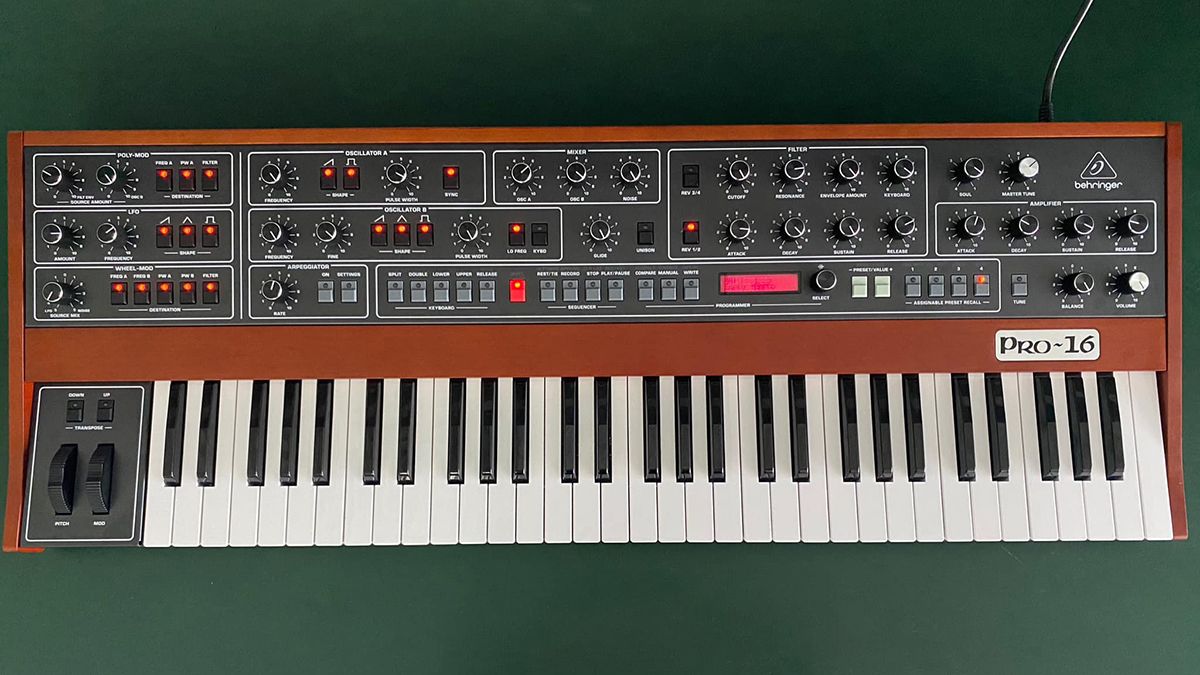It’s tempting to think that creating a new version of an existing synth must be easy – just copy what’s there, right? However, Behringer wants to make it clear that its ongoing mission to emulate and enhance the classic Sequential Circuits Prophet-5 has been no bed of technical roses.
In one of its latest Facebook missives, Behringer has revealed the lengths it’s gone to to create a synth that “stays true to the original while adding modern capabilities”. These include 16 voices of polyphony (as opposed to the original’s 5), multimode filters, 8-mode atrophy settings and polyphonic aftertouch.
“Recreating this synthesizer was no small feat,” says Behringer. “The engineering work involved is extraordinarily complex, requiring meticulous attention to detail and precision.”
The company goes on to explain that “One of the most challenging aspects of this project was the development of an 8-layer printed circuit board (PCB). For those unfamiliar, a PCB is essentially the backbone of any electronic device, housing all the components and ensuring they work together seamlessly.
“An 8-layer board means there are eight layers of circuitry stacked within a single board, allowing us to pack more functionality into a compact space. This complexity is necessary to manage the increased number of voices and new features while maintaining signal integrity and reducing noise.”
The post implies that work has now been completed on this board – there’s a photo of it, in fact – and that the end result will be a synth that blends “classic sound with cutting-edge technology”.
In fact, Behringer is confident that its new take on the Prophet-5 will “push the boundaries of what’s possible in a synthesizer.”
There’s still no price or release date, though – expect another Facebook with those details at some unspecified point in the future.
Prior to his death in 2022, the late Dave Smith, designer of the original Prophet-5, created his own updated version in the form of the Rev 4 model.

